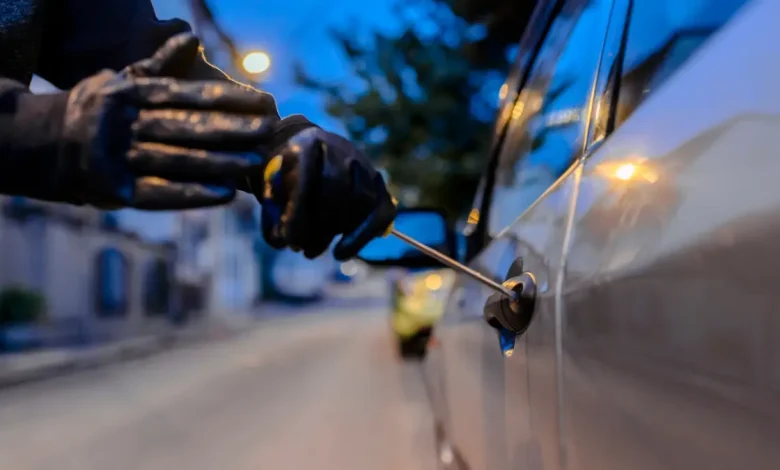Where and When Car Hijackings Are Most Likely to Occur in South Africa: Key Insights

Car hijackings remain a pressing concern across the country, with recent reports painting a worrying picture of how and where these crimes are most likely to occur. The latest data points to a steady rise in hijackings, with trends showing that criminals are shifting away from traditional vehicle theft in favour of more direct, and often violent, hijackings.
Hijackings on the Rise
According to Atang Matebesi, CEO of Santam Client Solutions, the preference for hijacking over stealing stationary vehicles is growing. He attributes this to criminals wanting immediate access to both the car and its contents, bypassing the complexities of modern anti-theft technology. This disturbing development was discussed in light of the South African Police Service (SAPS) crime statistics for the first quarter of 2025, which recorded 4,533 hijackings between January and March, that’s roughly 50 incidents daily.
“It’s a quick, aggressive method that avoids having to crack security systems. Sadly, it also means greater danger for drivers,” Matebesi warned.
Hijackings Hotspots in South Africa
Tracker and Santam have both identified several high-risk zones where hijackings are more likely to occur. These areas tend to be urban or high-traffic zones that offer easy escape routes. Below is a list of current hijacking hotspots based on 2025 data:
Gauteng
- Midrand
- Honeydew
- Roodepoort
- Centurion
- Pretoria West
- Tembisa
- Kempton Park
- Johannesburg CBD
KwaZulu-Natal
- Umlazi
- KwaMashu
- Durban CBD
- Pinetown
- Inanda
Eastern Cape
- Mthatha
- East London
- Motherwell
- Zwide
- Port Elizabeth (Gqeberha)
These locations have recorded the highest incidents this year, particularly in Gauteng where vehicle-related crimes remain a serious challenge.
When You’re Most at Risk
Beyond location, timing is crucial. Matebesi revealed that hijackings peak on Friday evenings between 16h00 and 21h00, the tail end of the workweek, and during heavy traffic congestion. Criminals exploit this period when drivers are likely to be distracted or fatigued.
Although most hijackings occur during this window, motorists are advised to remain vigilant throughout the week. “Awareness at all times is key. But Friday evenings are particularly risky,” he cautioned.
Signs of Progress, But Risks Remain
Despite the high numbers, there’s a glimmer of hope. The first-quarter figures for 2025 reflect a 15.1% decrease compared to the same period in 2024. While this decline is encouraging, experts warn that the overall frequency of hijackings is still worryingly high.
Matebesi credits this improvement in part to proactive safety measures, particularly in the form of advanced tracking technology. “Dual tracking systems are proving incredibly effective. If criminals disable one, the second may still transmit, improving recovery odds,” he explained.
How to Stay Safer
Installing two tracking devices on high-risk vehicles is increasingly seen as a valuable precaution. While this doesn’t eliminate the risk of hijacking, it significantly boosts recovery rates, thereby limiting losses.
Other tips for lowering risk include parking in secure, well-lit areas, especially overnight. Drivers should also consider comprehensive insurance cover, not just to replace the vehicle but to cushion against the knock-on effects of a hijacking, such as emotional trauma, legal fees, or car hire costs.
For those who find full coverage too costly, Matebesi recommends looking into alternatives like third-party, fire, and theft insurance. These policies still offer protection against hijacking without the high monthly premiums of full coverage.
Don’t Let Your Guard Down
As criminals become more strategic and bolder, vehicle owners must remain alert. While it’s promising to see crime trends shift slightly in the right direction, hijackings are far from being eradicated. With key data now revealing when and where these incidents most often happen, South Africans have a better chance of staying a step ahead.
By understanding the risks, taking precautionary measures, and investing in effective insurance and tracking systems, motorists can significantly reduce their exposure and improve their chances of recovery should the unthinkable happen.
Related article: Top Hijacking Spots in Gauteng: What You Need to Know in 2025

